Worker Safety and Medical Resources
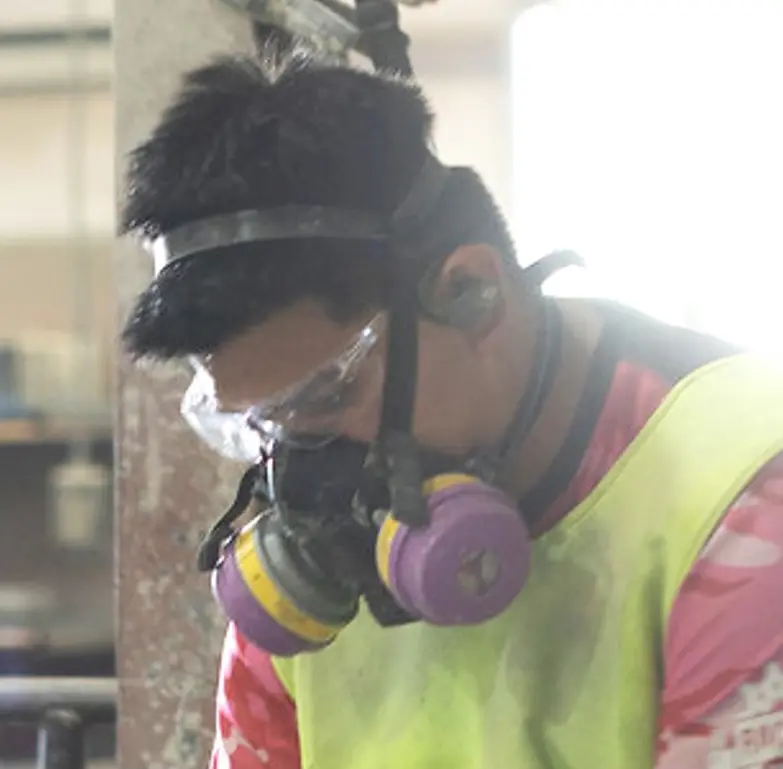
The current CAL-OSHA and federal OSHA standard for working with natural stone requires wet-cutting methods, exhaust ventilation, dust masks, half-face canister respirators, and full-face canister respirators. This standard was developed based on the low content of silica particles found in natural stone, which are sized in the low micron range. However, the engineered stone contains a higher volume of ultrafine or nanosized silica particles. These particles are much smaller and can more easily penetrate the lungs, causing more serious health problems. As a result, the current OSHA standard does not provide adequate protection for workers who are exposed to engineered stone.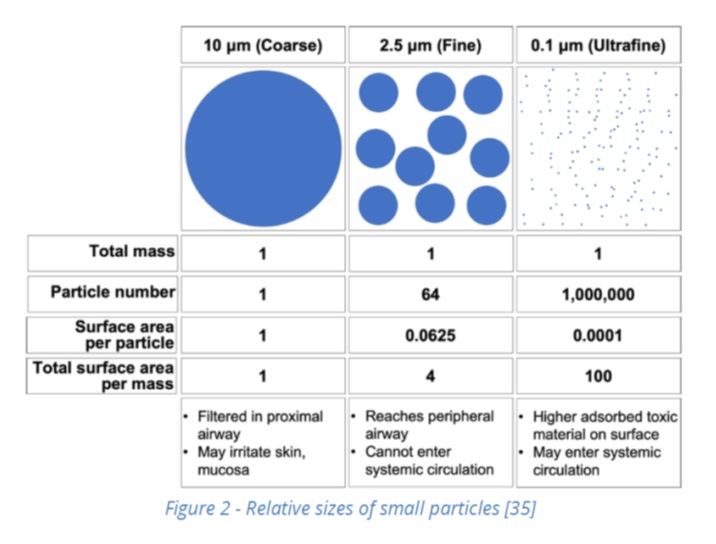
Studies have shown that workers in engineered stone fabrication shops are exposed to an average of 227 micrograms per cubic meter (ug/m3) of silica dust. This is 4.5 times the Occupational Safety and Health Administration (OSHA) permissible exposure limit (PEL) for silica and 9 times the OSHA action level. With no controls in place, exposures have been as high as 2,300 ug/m3, which is 46 times the PEL. Even when OSHA-approved control methods are used, exposures can still range up to 360 ug/m3. In other words, water, local exhaust ventilation, and dust masks (and even half-faced and full-faced canister respirators) are not enough to reduce silica exposures below the OSHA PEL. The only methods that are capable of fully preventing disease are full air-fed positive pressure respirators or a ban on the manufacture and sale of engineered stone.
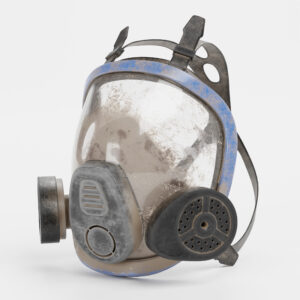
A power air purifying respirator or a full air-fed positive pressure respirator are the types of respirators that provide a continuous supply of filtered air to the wearer. These type of respirators are very effective at protecting workers from exposure to silica dust. However, they can be expensive and cumbersome to wear.
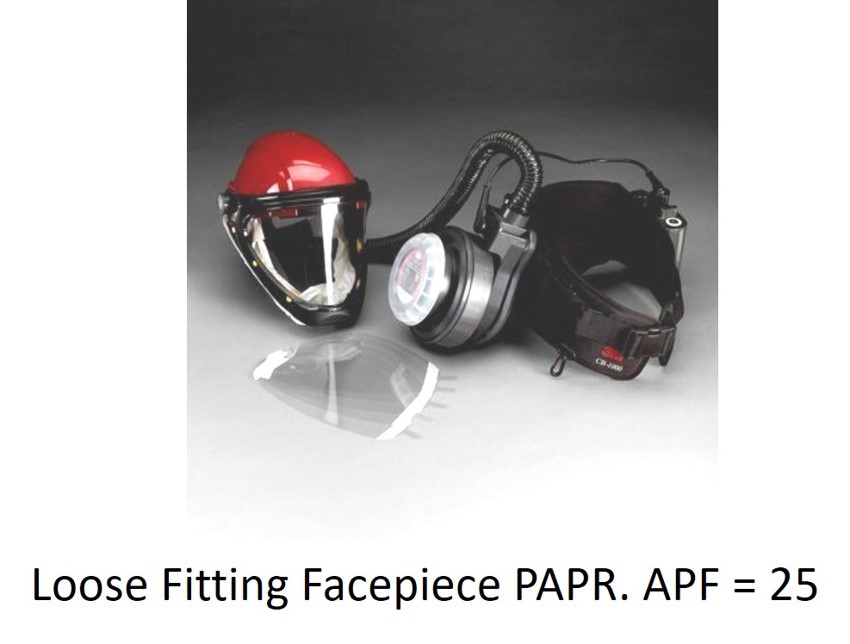
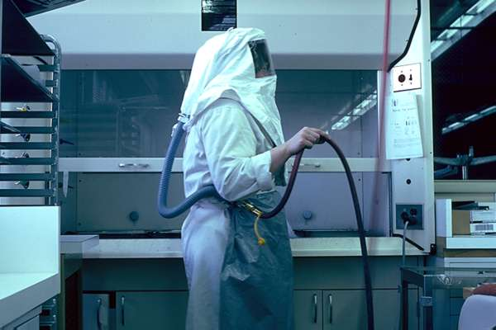
Required Respiratory Protection for Artificial Stone Fabrication Workers
-Working without a mask does not prevent disease.
-N-95 masks do not prevent disease.
-A half or full-face elastomeric OV (organic vapor)/P-100 cartridge filter respirator will reduce, but not prevent disease. Also, note that the cartridge/filters must be regularly replaced.
-A Powered Air Purifying Respirator (PAPR) with an APF (Assigned Protection Factor) of 25/1000, if consistently used on conjunction with wet-equipment and no compressed air, should prevent most disease.
-Supplied air respirators (SAR) with an APF (Assigned Protection Factor) of 1000, if consistently used on conjunction with wet-equipment and no compressed air, will prevent most disease.
A ban on the manufacture and sale of engineered stone would be the most effective way to protect workers from exposure to silica dust. However, this is unlikely to happen anytime soon, as engineered stone is a popular material for countertops and other applications.
The World Health Organization (WHO) has stated that there is no safe level of exposure to silica dust. This means that even small amounts of silica dust can cause health problems, such as silicosis and lung cancer. The WHO’s statement is based on a number of studies that have shown that there is no clear threshold below which exposure to silica dust does not cause health problems. In other words, even if you are only exposed to small amounts of silica dust, you are still at risk of developing silicosis or lung cancer.
There are four primary methods of worker exposure to silica from engineered stone fabrication:
Direct exposure within their immediate breathing zone: This is the most common method of exposure, and it occurs when workers breathe in silica dust that is created when engineered stone is cut, drilled, or sanded.
Bystander exposure from nearby workers: This type of exposure occurs when workers who are not directly involved in the fabrication process breathe in silica dust that is created by nearby workers.
Secondary exposure from resuspension or re-entrainment of settled dust: This type of exposure occurs when silica dust that has settled on surfaces is disturbed and becomes airborne again. This can happen when workers walk on dusty surfaces, when equipment is moved, or when doors are opened and closed.
Secondary exposure from inhalation of water particles containing dust: This type of exposure occurs when workers inhale water particles that contain silica dust. This can happen when workers use water to reduce dust during fabrication.
While not as effective at disease prevention as an air-fed positive pressure respirator or a complete ban, the CDPH (California Department of Public Health) – Occupational Health Branch maintains an updated website with Silica Safety Resources for Stone Fabricators and in Spanish at Fabricantes de Encimeras y Enfermedad Pulmonar. The CDPH site includes:
-Stone Fabrication Worker Hazard Alert and in Spanish at Alerta De Peligro Los Trabajadores, which can be printed and posted at work sites.
-Workplace Air Monitoring for Silica-Employer Guide and in Spanish at Monitorizacion En El Lugar De Trabajo De La Silice En El Aire.
-CAL/OSHA Silica Standard Overview and in Spanish at Vison General De La Norma De LA CAL/OSHA Sobre Silice.
-Hazard Warning: Silica Dust From Countertop Fabrication for employers.
-Hazard Warning: Silica Dust From Countertop Fabrication for workers, and in Spanish at Advertencia De Peligro: Polvo De Silice Generado Por El Trabajo En Encimeras, and in Chinese.
The California Labor Lab and the University of San Francisco maintain an updated California Artificial Stone and Silicosis Project
The Texas Department of Health & Human Services – Silica Health Advisory maintains a worker health advisor – Worker Exposure to Silica Dust During Stone Countertop Fabrication – March 18, 2019
Georgia Tech’s Department of Safety, Health, & Environmental Services maintains training modules in English and Spanish for fabrication shop Control of Silica Exposure In Engineered Stone Fabrication Facilities
The U.S. Department of Labor – OSHA (Occupational Safety & Health Administration) has issued two respirable crystalline silica standards to protect workers.
OSHA and NIOSH have issued a Hazard Alert found at Worker Exposure to Silica during Countertop Manufacturing, Finishing, and Installation. Artificial stone fabrication workers have a right to a safe workplace. For information about OSHA worker rights and how to file a complaint with OSHA, see OSHA Worker Rights and Protections
The Western Occupational & Environmental Medical Association (WOEMA), has established the Silica Medical Exam Practitioner Roster, which is a list of medical facilities in California, Arizona, Utah, Nevada, and Hawaii which offer silicosis medical surveillance examinations for artificial stone workers.
State of California Department of Industrial Relations- California Adds Safeguards to Protect Workers Against Silicosis
Talk To An Attorney – No Cost Case Analysis
Engineered stone (Quartz) (artificial) (manufactured) countertop workers, who have been diagnosed with silicosis or lung cancer, or believe they may have silicosis, contact an attorney for a free case evaluation, we recommend that you call (866) 476-8111 or complete a contact form today.